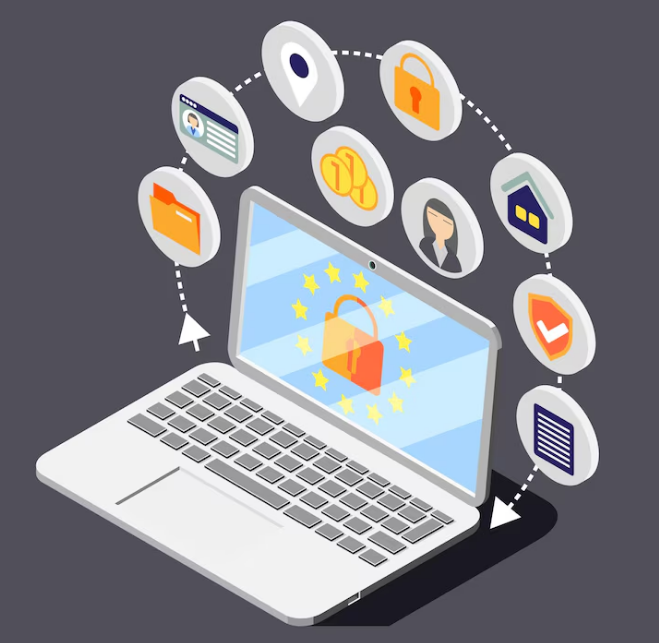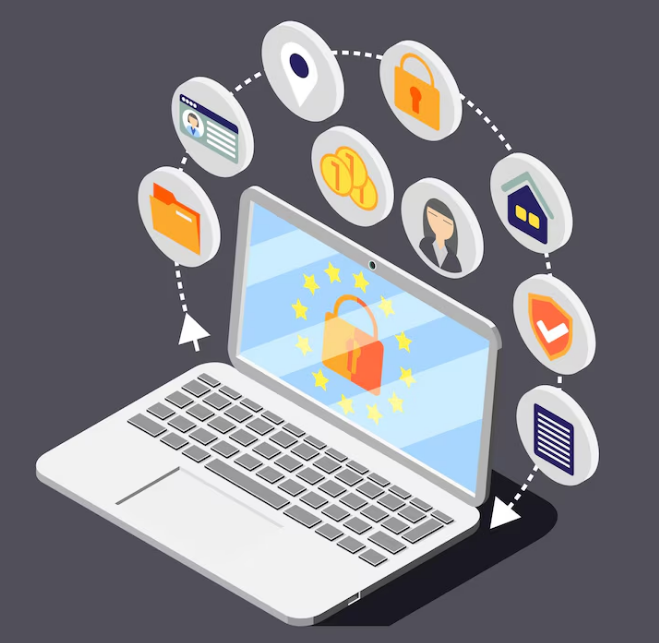Within the digital age, the place nearly each aspect of our lives has migrated on-line, the significance of belief and safety can’t be overstated. The web, whereas a robust software for communication, commerce, and data dissemination, can also be fraught with dangers. Cybersecurity threats corresponding to phishing, information breaches, and identification theft have grow to be more and more subtle, making the necessity for sturdy on-line belief and safety instruments extra essential than ever. These instruments are designed to guard customers, safeguard private data, and make sure that digital interactions are safe and reliable.
Understanding On-line Belief
On-line belief is the boldness that customers have within the safety and reliability of a web based platform or service. This belief is key to the functioning of the web, notably in areas corresponding to e-commerce, social media, and on-line banking. With out belief, customers could be reluctant to share private data, make on-line transactions, or have interaction with digital platforms. Belief is constructed via transparency, consistency, and using safe applied sciences that shield person information and privateness.
One of many major ways in which on-line belief is established is thru using encryption. Encryption is a course of that converts information right into a coded format, making it unreadable to unauthorized customers. This ensures that delicate data, corresponding to bank card particulars or private identification numbers, can’t be accessed by malicious actors. Safe Socket Layer (SSL) and its successor, Transport Layer Safety (TLS), are generally used encryption protocols that safe the connection between a person’s browser and an internet site.
The Function of Safety Instruments
Safety instruments are software program or {hardware} options designed to guard customers and their information from cyber threats. These instruments embrace antivirus software program, firewalls, digital personal networks (VPNs), and multi-factor authentication (MFA). Every of those instruments performs an important position in safeguarding on-line actions and guaranteeing that customers can work together with digital platforms securely.
Antivirus software program is likely one of the most generally used safety instruments. It scans gadgets for malware, corresponding to viruses, trojans, and worms, and removes any malicious software program discovered. Firewalls, then again, act as a barrier between a person’s machine and the web, monitoring incoming and outgoing site visitors and blocking any suspicious exercise. VPNs present an extra layer of safety by encrypting web site visitors and masking the person’s IP deal with, making it tough for hackers to trace on-line actions.
Multi-factor authentication (MFA) is one other important safety software that enhances on-line safety by requiring customers to supply a number of types of verification earlier than accessing an account. This might embrace one thing the person is aware of (a password), one thing they’ve (a smartphone), or one thing they’re (fingerprint or facial recognition). By combining a number of elements, MFA considerably reduces the danger of unauthorized entry, even when one issue is compromised.
The On-line Security Act
In response to the rising issues about on-line security and the rising prevalence of cyber threats, governments all over the world have launched laws to guard customers. One such laws is the On-line Security Act, which goals to boost the security and safety of web customers, notably youngsters and weak people.
The On-line Security Act is designed to carry on-line platforms accountable for the content material they host and the security of their customers. It requires firms to implement sturdy belief and security instruments to forestall the unfold of dangerous content material, corresponding to cyberbullying, hate speech, and on-line harassment. The Act additionally mandates that platforms present customers with clear reporting mechanisms to flag inappropriate content material and take swift motion to take away it.
Moreover, it locations a robust emphasis on transparency. Platforms are required to publish common stories detailing the measures they’ve taken to make sure person security, the variety of stories obtained, and the actions taken in response. This transparency is essential in constructing and sustaining person belief, because it demonstrates a platform’s dedication to safeguarding its customers.
Belief and Security Instruments in Apply
Belief and security instruments are integral to the implementation of the On-line Security Act. These instruments embrace content material moderation programs, reporting mechanisms, and person schooling initiatives. Content material moderation programs use a mix of automated algorithms and human moderators to determine and take away dangerous content material from on-line platforms. Automated programs can shortly scan massive volumes of content material for key phrases or patterns that point out dangerous habits, whereas human moderators evaluate flagged content material to make sure accuracy and context.
Reporting mechanisms permit customers to report dangerous content material or habits on to the platform. These stories are then reviewed by the platform’s belief and security staff, who take acceptable motion, corresponding to eradicating the content material or banning the offending person. To be efficient, these mechanisms have to be straightforward to make use of and accessible to all customers, no matter their technical experience.
Consumer schooling is one other essential part of belief and security instruments. Many platforms provide assets and coaching to assist customers perceive methods to shield themselves on-line. This might embrace steering on recognizing phishing makes an attempt, creating sturdy passwords, and understanding privateness settings. By educating customers, platforms can empower them to take management of their on-line security and make knowledgeable selections about their digital interactions.
The Way forward for On-line Belief and Safety
Because the web continues to evolve, so too will the challenges related to on-line belief and safety. Rising applied sciences corresponding to synthetic intelligence (AI), the Web of Issues (IoT), and blockchain current new alternatives for enhancing on-line safety, however in addition they introduce new dangers. For instance, whereas AI can be utilized to detect and forestall cyber threats, it may also be utilized by malicious actors to develop extra subtle assaults.
To deal with these challenges, the event of belief and safety instruments should hold tempo with technological developments. This can require ongoing collaboration between governments, trade leaders, and cybersecurity specialists to determine rising threats and develop progressive options. It’ll additionally require a continued concentrate on person schooling and consciousness, because the human aspect stays a essential consider on-line safety.
Conclusion
On-line belief and safety instruments are important for guaranteeing the security and reliability of the digital world. From encryption and antivirus software program to the On-line Security Act and content material moderation programs, these instruments play an important position in defending customers from cyber threats and constructing belief in on-line platforms. As know-how continues to advance, the necessity for sturdy belief and safety instruments will solely grow to be extra urgent, making it crucial that we stay vigilant and proactive in our efforts to safeguard the web.
Supply hyperlink










